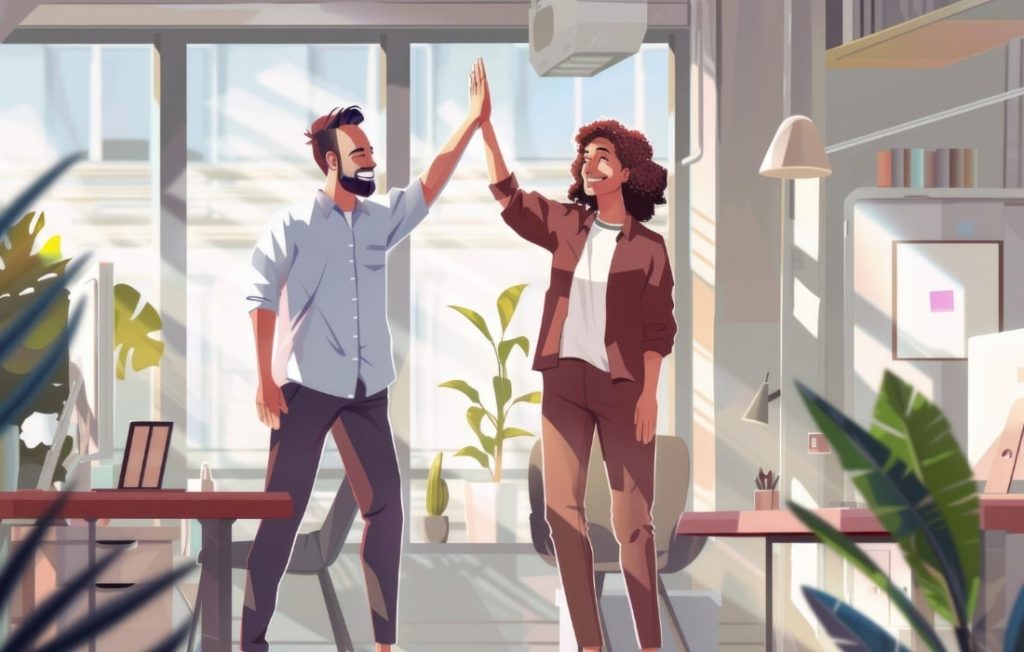ON ANY GIVEN night, the neon-lit streets of Akihabara, an entertainment district in central Tokyo, are packed with visitors. Inside windowless shopping malls, they flock to stalls selling used Hello Kitty or Astro Boy figurines, Pokémon trading cards and vintage video game consoles. At the idol bars and theaters — venues dedicated to musical acts like AKB48, which was named after the area — they wave glow sticks in colors that correspond to their favorite performers. And at the maid cafes, they pay to take pictures with young waitresses in petticoats and pinafores, many of whom hope to become stars themselves one day. Since the Japanese anime boom of the past few decades, Akihabara has been a refuge for the otaku — someone who would “go beyond the lengths of any normal person to pursue their interests,” according to the 2004 documentary film “Otaku Unite!” Kaede, 29, a member of F5ve, a girl group based on the 1990s manga series “Sailor Moon,” calls the neighborhood their “holy land.”
Fandom didn’t originate in Japan. Toward the end of the 19th century, literary tribes had begun to form across Europe: So-called Janeites worshiped Jane Austen and, in 1893, some 20,000 angry readers canceled their subscriptions to The Strand Magazine after it published Sir Arthur Conan Doyle’s short story “The Final Problem,” in which the author wrote Sherlock Holmes off a cliff. (Partly because of their collective outrage, Doyle would decide later that he had only faked his detective character’s death.) By the middle of the next century, Beatlemania was a worldwide phenomenon. But Japan, long before the advent of social media, venerated connoisseurship, a higher level of fandom, encouraging the pursuit of micropassions, whether pour-over coffee, selvage denim or milk bread. Out of a culture where anyone and anything — no matter how strange or marginal — can have an evangelist emerged the otaku. The term, which means “you” in English, was popularized by the writer Akio Nakamori, who used it in a 1983 issue of Manga Burikko magazine to disparage fans of manga and anime’s cute-girl characters, and has since come to represent obsession more broadly. It’s hard to imagine podcasts, BookToks or album drops without the otaku, and where once such individuals might have been looked down on as stunted or creepy — the slobbering man-boys of Nakamori’s essay — their rise has recoded nerdy enthusiasm as something cool and even integral to the entertainment business, elevating the stature of the fan and leading to a world in which audiences not only respond to the culture but are actively shaping it.
“THERE ARE YOUNG people in every country and field who are absorbed in their own specialized hobbies,” says the social anthropologist Eiji Otsuka, 66, Nakamori’s former editor, who notes that “otaku” has become Western shorthand for all that’s considered weird in Japan. “It has no more meaning than the Japanese equivalent of ‘geek.’” But others think that Japan’s emphasis on collective identity has been what encouraged fandom as we now know it: In a rigidly mannered system, it provides a way to fly one’s freak flag in a socially acceptable fashion. “There’s a deeply rooted awareness of how others perceive you, which can lead people to hold back on expressing themselves too much or standing out,” says the photographer and filmmaker Mika Ninagawa, 52, a frequent chronicler of Tokyo’s cosplay community. “That’s exactly why so many people secretly long for a place where they can become someone different.”
Susan Napier, a professor in the Japanese program at Tufts University in Boston, traces the origins of the otaku to the Edo period. Beginning in the early 17th century, sanctioned red-light districts known as pleasure centers were built in Tokyo, Kyoto and Osaka as sites for courtesans to entertain men; other areas were designated for enjoying Kabuki theater. “You had the development of a fan culture with people who loved a particular courtesan or actor,” says Napier, who adds that, within those protected walls, the four-class social hierarchy of that era, which put samurai above farmers, artisans and merchants, was far less rigid. “People did interact much more freely,” she says. Although very little remains of the original pleasure centers, newer versions exist. In Golden Gai, a mazelike network of alleyways in Shinjuku, Tokyo, many of the roughly 300 bars, most with no more than a few seats, have their own unique themes: death metal, Troll dolls, slasher movies, even Matthew Barney’s “Cremaster Cycle” film series.







